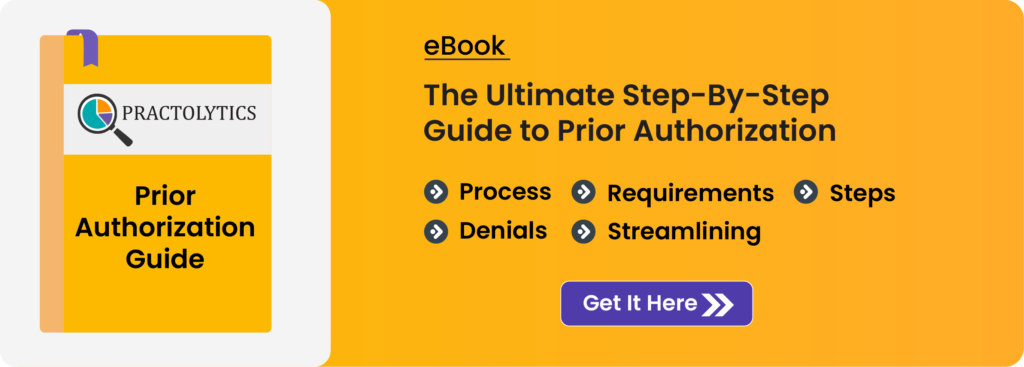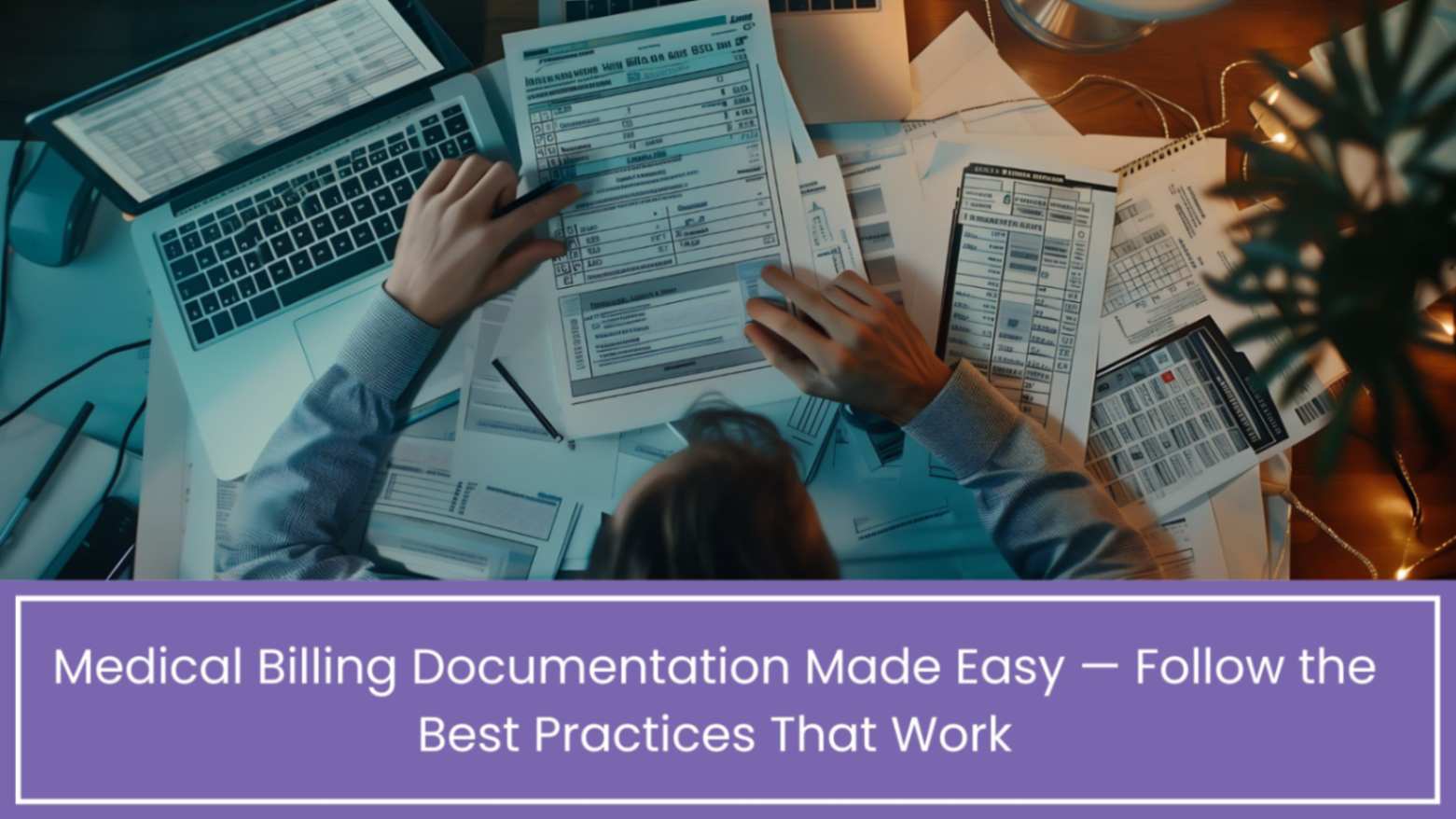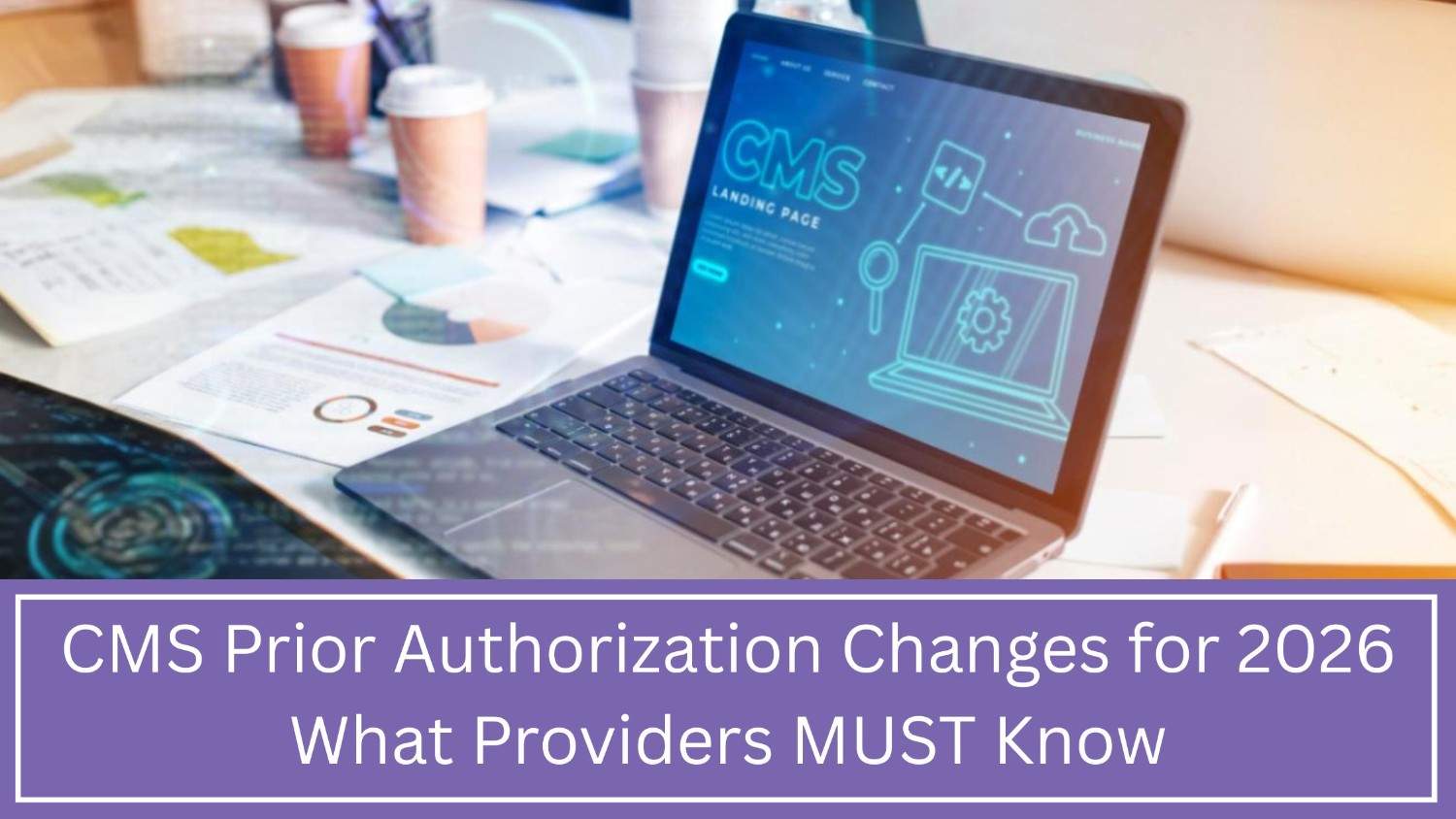Strategies to Reduce Delays and Improve Patient Experience
Insurers can check the coverage of a medical service through the pre-authorization process. To assess coverage, insurers need full details from providers on requested services. Complete submissions ensure timely review. They include medical records and other documents. The insurance provider will review the submitted data before approving the service.
Pre-authorization guarantees the providers’ appropriate use of healthcare resources. Still, this procedure may turn out to be laborious and slow, which might cause issues with patient care. Charges rise when pre-authorization requests are delayed. The patient’s experience is also harmed.
This article will discuss challenges with pre-authorization management. We will explore strategies to reduce delays and improve patient experience.
Table of Contents
Challenges of Pre-Authorization Management
- Complexity of Insurance Plans: Health insurance plans are becoming more complex. This can cause issues. Their coverage criteria and requirements vary. Providers struggle to identify which services need pre-approval and what documents they need.
- Manual Processes:Many pre-authorization processes are still manual. Outdated methods plague the system: paper trails, fax transmissions, and voice calls. These old processes cause bottlenecks and mistakes. They waste effort and slow progress.
- Lack of Standardization:Insurance carriers are not standardized. Their pre-authorization requirements, turnaround times, and communication processes vary. This can create confusion and delays for providers.
- Insufficient Staff Resources: Providers may lack staff for pre-authorization management. This can cause delays and errors.
- Payer denials: After obtaining pre-authorization, there is still a risk of payer denials. This can happen if the service is not needed or if the documents are missing.
Strategies to decrease Delay Times and Improve Patient Experience
- Invest in Technology:
Automated pre-authorization solutions can streamline the process. They can reduce errors and improve efficiency. These solutions can help providers identify services that need pre-authorization. They collect the required documents and submit them electronically. They also track the status of the requests.
- Educate Staff: Train staff on the pre-authorization process. It includes the types of services that need pre-authorization. Tell them about the necessary documentation and the best practices for submitting requests.
- Standardize Processes: Develop standardized procedures for pre-authorization management. Create templates for supporting documentation. Ensure that you create checklists to include all necessary information.
- Build relationships with payers: develop strong ties with payers. This will help you communicate and understand their pre-authorization requirements.
- Automate Communications: Use automation to update payers and patients on pre-auth requests.
- Provide Patient Education: Inform patients about the pre-authorization process. Emphasize the importance of providing accurate and complete information to avoid delays.
- Consider a vendor: Outsourcing pre-authorization to a vendor can ease providers’ admin burden. This can improve the efficiency of healthcare providers.
- Monitor and Improve: Keep watching the pre-authorization process. Find ways to improve it and make needed changes.
By implementing these strategies, healthcare providers can reduce delays in pre-authorization management. This leads to an improvement in the overall patient experience.
Deeper Dive into Technology Solutions
- AI and machine learning applications: AI is being used more in healthcare to automate tasks. One of the important tasks is pre-authorization. Machine learning (ML) handles it.
- Predictive analytics: AI can analyze past data. It can predict which services may need pre-authorization. This allows healthcare providers to submit requests in advance, which reduces delays.
- Document verification: AI-powered systems can authenticate supporting documentation. They ensure that all required information accompanies the submitted requests.
- Intelligent routing: ML algorithms can route pre-auth requests by service type. They can consider the patient’s insurance plan and the payer’s specific requirements. Based on this information, they can determine the most appropriate payer representatives.
- Chatbots and virtual assistants: AI chatbots can inform patients about the pre-authorization process. They can answer common questions. Chatbots with AI capabilities may aid in request submission.
Healthcare providers might streamline repetitive procedures by utilizing AI and ML. This leads to improvements in accuracy. The process of managing pre-authorization requires less time and effort.
Case Studies in Pre-Authorization Management
Case Study 1: Streamlining Pre-Authorization with AI
A large healthcare system was struggling with manual pre-authorization. It caused delays and extra work. To address these challenges, they implemented an AI-powered pre-authorization platform. The platform used machine learning algorithms to identify services requiring pre-authorization. It verified documentation for these services. The platform routed requests to the right payer representatives. This cut pre-auth turnaround times and reduced denials.
Case Study 2: Empowering Patients with a Self-Service Portal
A regional healthcare system determined that pre-authorization for patients needed to be improved. Now, patients can conveniently submit pre-authorization requests online via the self-service portal. The portal lets them track their requests and view documents. The portal also provides educational resources to help patients understand the pre-authorization process. It has raised patient satisfaction and eased providers’ workloads.
Case Study 3: Leveraging Blockchain for Transparency and Security
A healthcare provider network struggled with pre-authorization data. It lacked security and transparency. To address these concerns, it implemented a blockchain-based platform for pre-authorization management. The platform stored all pre-authorization requests in a secure, unchangeable record. This ensured data integrity and cut fraud risk. Additionally, the blockchain platform improved transparency. It allowed all stakeholders to verify information in real time.
Case Study 4: Collaborative Approach to Reducing Denials
Pre-authorization denials often occurred at community health clinics. To increase claim submission quality and lower denial rates, they partnered with payers. The partnership involved regular meetings and data sharing. They worked together to find and fix pre-authorization issues. This teamwork cut denial rates and boosted the health center’s finances.
These case studies highlight the prospects of putting cutting-edge pre-authorization management techniques into practice. Healthcare companies can expedite the pre-authorization process by utilizing technology. Consequently, less administrative work is required. Improving the patient experience is also achieved by fostering collaboration with payers. Both of these actions help to improve patient care.
Future Trends and Innovations
Emerging Technologies:
Blockchain creates a secure, transparent record of pre-authorization requests. This reduces fraud and errors. Use advanced predictive analytics to spot and prevent potential pre-authorization denials.AI chatbots can give patients personalized help with pre-authorization.
Regulatory changes:
Payer regulations: Stay updated on changes in payer rules that may affect pre-authorization.
Industry standards: Follow industry standards and best practices for pre-authorization management.
Practolytics: Your Trusted Partner for Pre-Authorization Management
Practolytics, a top RCM solutions provider, helps healthcare providers. It aims to streamline their pre-authorization procedures. Enhance their bottom line. With the use of all our technologically advanced facilities, we can provide many different services. We have deep market knowledge. So, we offer custom solutions for all kinds of medical practices. By partnering with practolytics, you can:
- Cut admin burdens: Our automated pre-authorization tools speed up procedures. Your staff can then focus on patient care.
- Boost efficiency and accuracy:Our tech ensures that we submit pre-authorization requests correctly. Thus lowering the possibility of denials.
- Improve patient satisfaction: We enhance the experience by reducing pre-authorization delays.
- Boost your income:Our staff finds issues that may hurt your revenue cycle. They assist in making sure you get the most compensation possible.
Contact Practolytics today. Learn how our pre-authorization services can help your practice.
Conclusion
In today’s complex healthcare system, efficient pre-authorization is vital. It ensures timely patient care and maximizes profits. Healthcare practitioners can reduce delays by using the techniques in this article. This can lead to improved patient satisfaction. Additionally, it can enhance their overall financial performance.
ALSO READ – The Impact of Prior Authorization on Patient Health Outcomes






